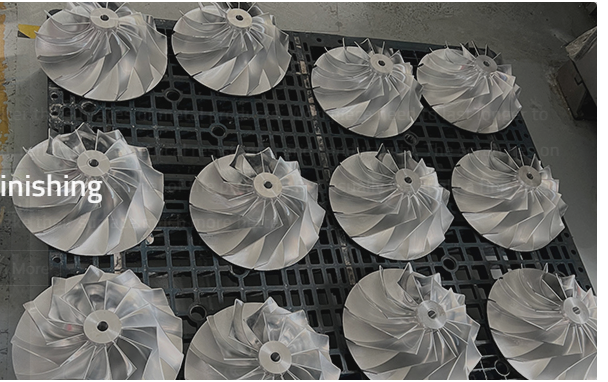A process which is completely revolutionized ever since 3D printing, better referred to as Additive Manufacturing, came into action, and one important aspect of production like Rapid Casting, is what we are talking of, here. This groundbreaking partnership will increase performance, lower costs and open the doors to new opportunities for casting complex components. Using crushed by the facts and analyzed by the scene, we will study the advantages that 3D printing has for investment casting.
Lead Times Reduced Drastically
The single greatest advantage of combining 3D printing with the rapid casting process is bringing down the lead times drastically. Conventional mold-making is the slow, very-much-slow, in weeks if complex or not replicable design')" By comparison, 3D printing can turn around sand molds ready to cast in just a few hours. Such as a traditional 20 – 30 days mold break into less than 48 hours to print and finish the spare mold. This rapidity considerably speeds up the entire production cycle meaning that businesses may bring their products to the market earlier
Cost Savings on Tooling
The tooling cost is usually a substantial proportion of the total expenditure in conventional casting methods. Because for each new spinning mold the investing amount is large, especially for customized or low-volume production. 3D printing dramatically reduces these costs with no need for traditional tooling. Molds can be printed directly from digital files which eliminates the need for complex machining and labor intensive manual effort. The use of 3D printed molds in casting could save companies up to 70% on tooling costs.

Enhanced Design Flexibility
The biggest advantage of 3D printing is the high design freedom, especially in quick casting. It also frees designers and engineers from the constraints of typical mould-making techniques. 3D printing offers easy production of complex geometries like internal channels or complex surface textures. Therefore, this capability has made it possible to manufacture part that would be difficult or impossible to make.
Improved Accuracy and Quality
The accuracy of 3D printing technologies producing molds can be as high as ±0.1 mm. This accuracy guarantees that the final casting parts have less quality issues and fewer post processing works. More precision leads to less waste and improves the overall dependability of the casting process, leading to higher-quality products and lower material costs.
PIA works reliably with existing casting process
The simplicity of 3D printing rapid casting is that it can be easily integrated with current casting operations, without having to make drastic modifications or purchase new equipment. This integration capability allows 3D printing technologies to be accepted slowly into manufacturing without disturbing existing production processes. Read more about: 3D Printing Rapid Casting
Key Insight
Integrating 3D printing into rapid casting provides significant gains in terms of speed, expense, design flexibility, and quality of the final product. 3Dprinting helps casters minimize lead times, reduce tooling costs, expand design capabilities and produce parts with better accuracy, allowing them to improve casting operations and adapt to changing market demands more readily. Rapid casting and 3D printing are only going to grow in synergy in the coming years with ever-advancing technological developments as the manufacturing industry continues evolving.
These results of this deeper dive illustrate 3D printing in the rapid casting industry is vital for honing traditional methods in a modern day manufacturing environment.
